Classic cars hold a unique place in the hearts of enthusiasts around the world, but the reasons they are treasured vary significantly across cultures and regions. Enthusiasts appreciate these vehicles not only for their aesthetic and engineering qualities but also for the stories they tell about the past. This exploration delves into the diverse factors that influence how classic cars are valued and appreciated globally.
Historical Significance and Cultural Influence
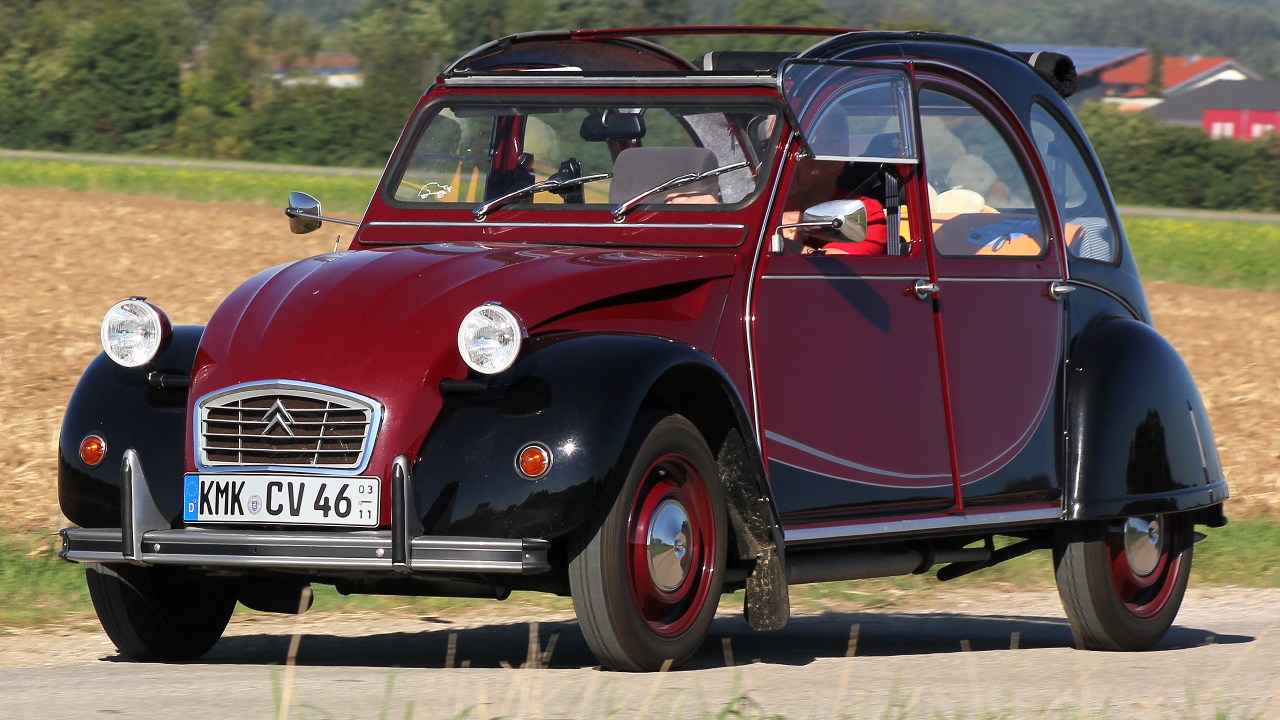
Classic cars often serve as cultural icons, representing specific eras or movements within different countries. For instance, the Ford Mustang is emblematic of American automotive culture in the 1960s, symbolizing freedom and innovation. In contrast, the Citroën 2CV is cherished in France for its role in post-war recovery, embodying simplicity and practicality. These vehicles are more than just modes of transportation; they are woven into the cultural fabric of their respective nations, reflecting societal values and historical contexts.
Historical events have also played a significant role in shaping the classic car market. The economic boom of the post-World War II era, for example, led to the production of iconic models like the Volkswagen Beetle, which became a symbol of economic recovery and mobility in Germany. Conversely, the oil crises of the 1970s influenced the design and production of more fuel-efficient vehicles, affecting which models are now considered classics. These historical contexts contribute to the reverence and value placed on certain cars, as they encapsulate pivotal moments in history.
Economic Factors and Market Dynamics
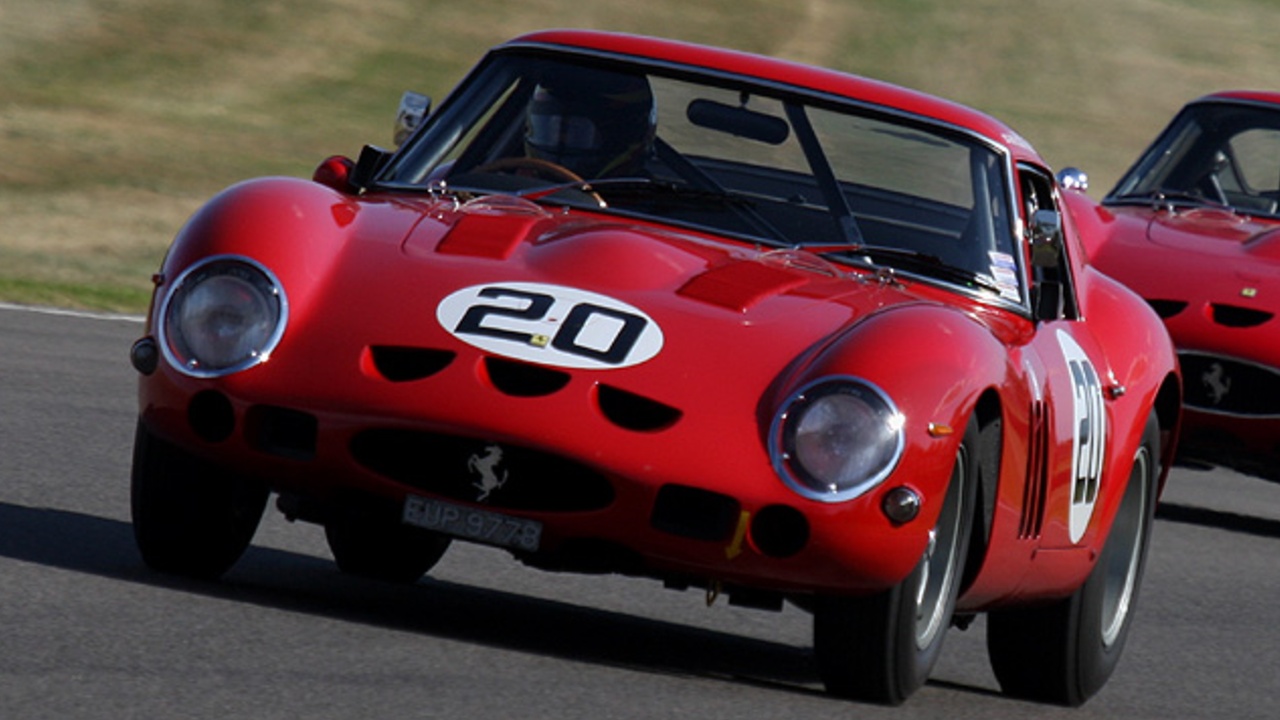
The economic aspects of classic car ownership are a significant factor in their global appreciation. Classic cars are often viewed as investment assets, with their market value influenced by rarity, condition, and historical significance. For example, a well-preserved Ferrari 250 GTO can fetch millions at auction, reflecting its status as a coveted collector’s item. The investment potential of classic cars attracts enthusiasts who see them as both a passion and a financial opportunity.
Regional market trends also play a crucial role in the popularity and pricing of classic cars. In the United States, muscle cars from the 1960s and 1970s are highly sought after, while in Japan, domestic models like the Toyota 2000GT hold significant appeal. Local demand, supply, and economic conditions can cause substantial variations in the classic car market, with certain models gaining prominence in specific regions due to cultural preferences and historical connections.
Technological Advancements and Restoration Practices
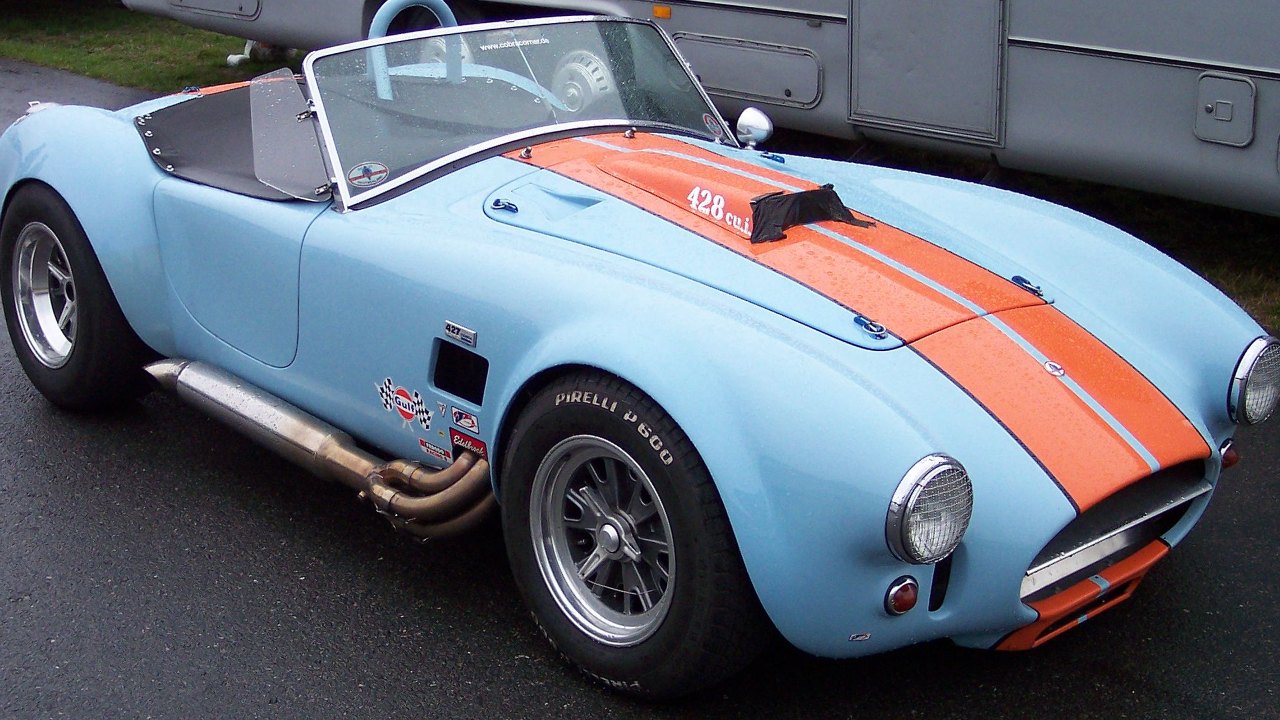
Restoration practices vary widely across countries, influenced by technological advancements and local craftsmanship traditions. In Italy, for example, the restoration of classic Ferraris often involves meticulous attention to detail and the use of original parts to maintain authenticity. Meanwhile, in the United States, there is a growing trend towards restomods, where classic cars are modernized with contemporary technology for enhanced performance and safety.
The debate between preservation and modernization is a central theme in the classic car community. Purists argue for maintaining original features to preserve historical integrity, while others advocate for modernization to improve drivability and safety. This ongoing discussion reflects broader trends in the automotive world, where technological advancements offer new possibilities for classic car restoration and enjoyment.
Community and Enthusiast Culture
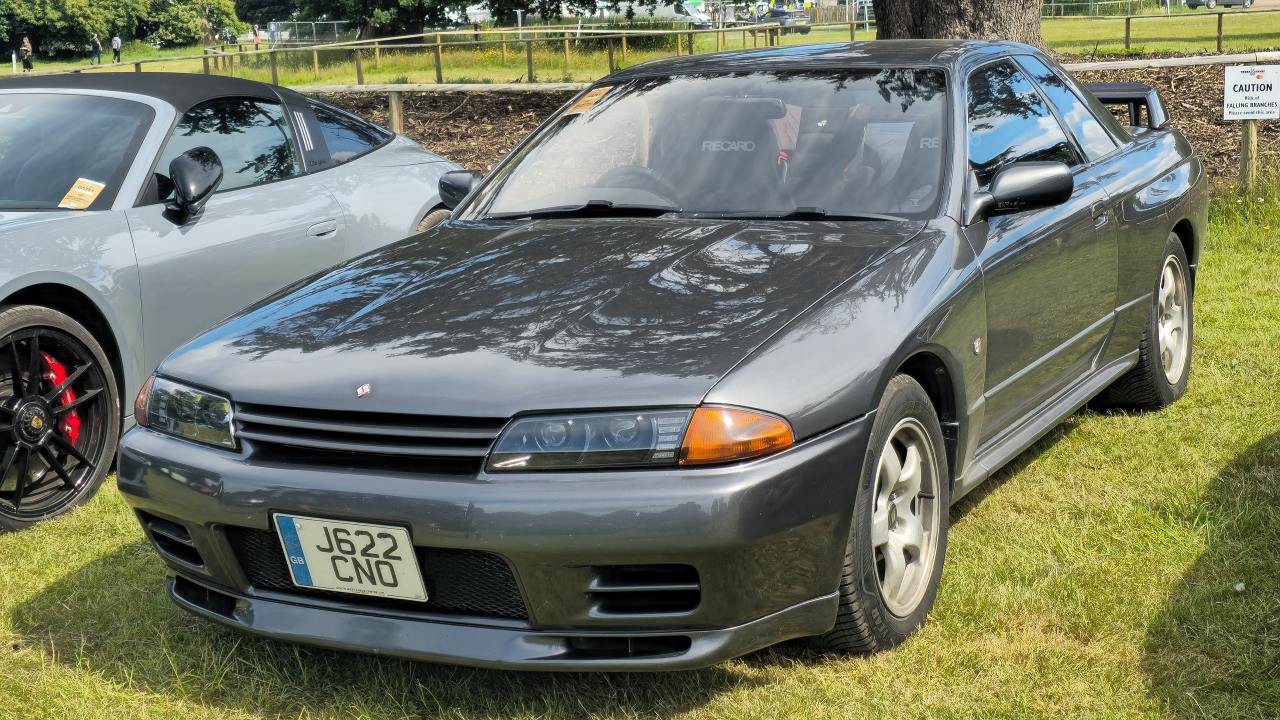
Car clubs, shows, and rallies play a vital role in fostering a sense of community among classic car enthusiasts worldwide. Events like the Pebble Beach Concours d’Elegance in California and the Goodwood Festival of Speed in the UK attract thousands of attendees, celebrating the beauty and history of classic cars. These gatherings provide a platform for enthusiasts to share their passion, exchange knowledge, and showcase their prized vehicles.
Generational shifts in interest are also influencing the future of classic cars. Younger generations are increasingly drawn to models from the 1980s and 1990s, such as the Nissan Skyline GT-R and the BMW E30, which they associate with their formative years. This evolving interest suggests that the definition of what constitutes a classic car is expanding, with newer models gaining recognition and appreciation alongside traditional classics.
Legal and Environmental Considerations
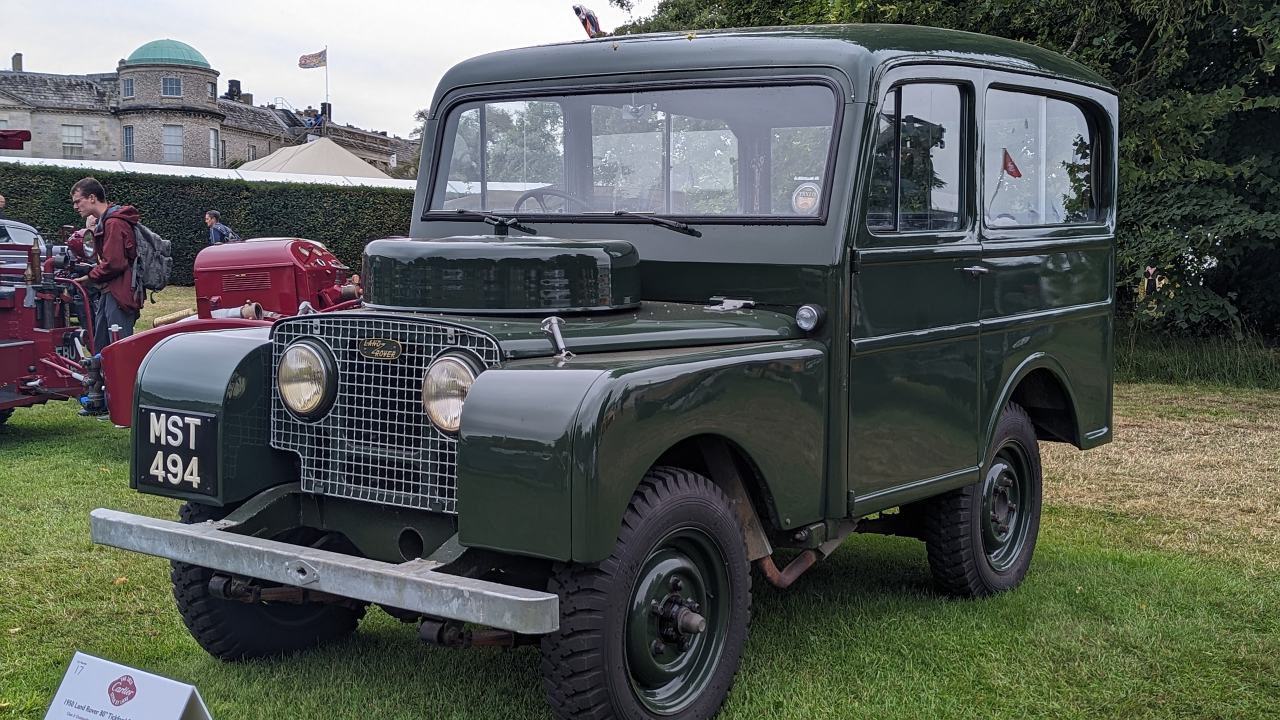
International regulations on emissions, safety, and registration significantly impact classic car ownership and preservation. In Europe, stringent emissions standards pose challenges for classic car owners, prompting discussions about exemptions and special permits. Meanwhile, in the United States, regulations vary by state, affecting how classic cars are registered and driven on public roads.
The growing emphasis on sustainability is also shaping the perception and future of classic cars. As environmental concerns become more prominent, there is increasing pressure to balance the preservation of automotive heritage with the need for sustainable practices. This has led to innovations such as electric conversions of classic cars, allowing enthusiasts to enjoy their vehicles while minimizing environmental impact. These legal and environmental considerations highlight the complex interplay between tradition and progress in the world of classic cars.
Like Fast Lane Only’s content? Be sure to follow us.
Here’s more from us:
*Created with AI assistance and editor review.

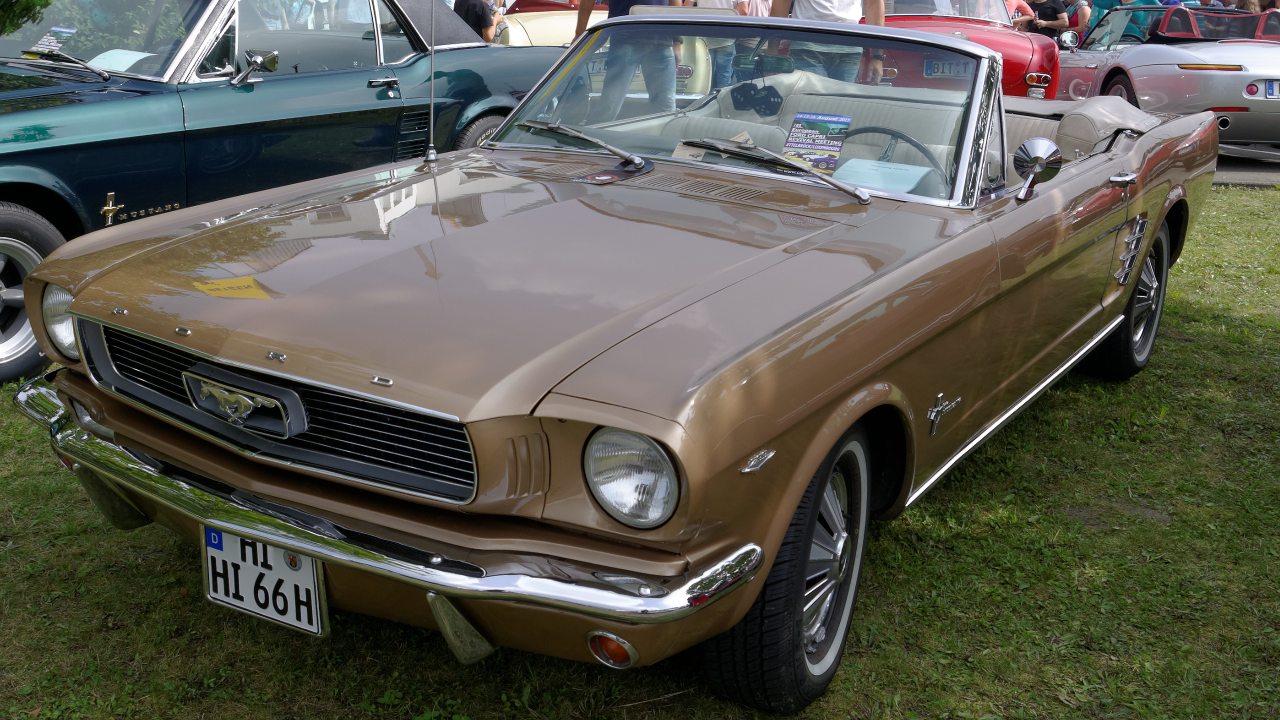


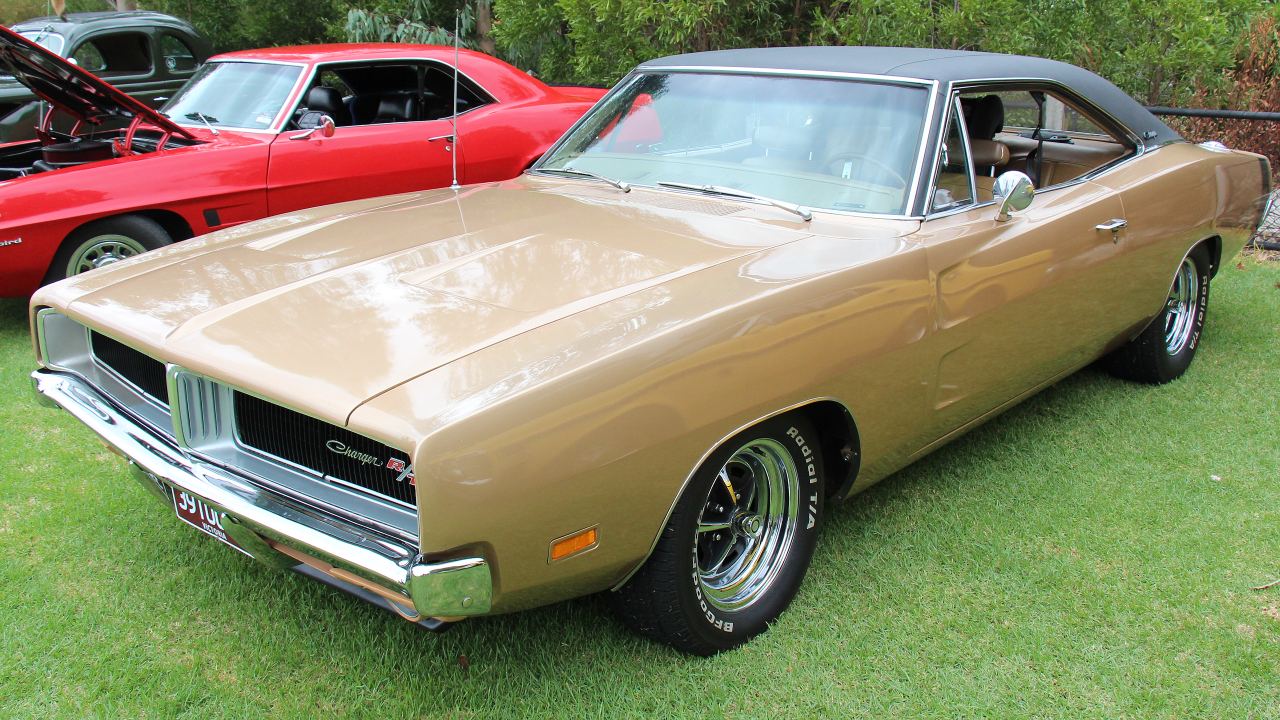
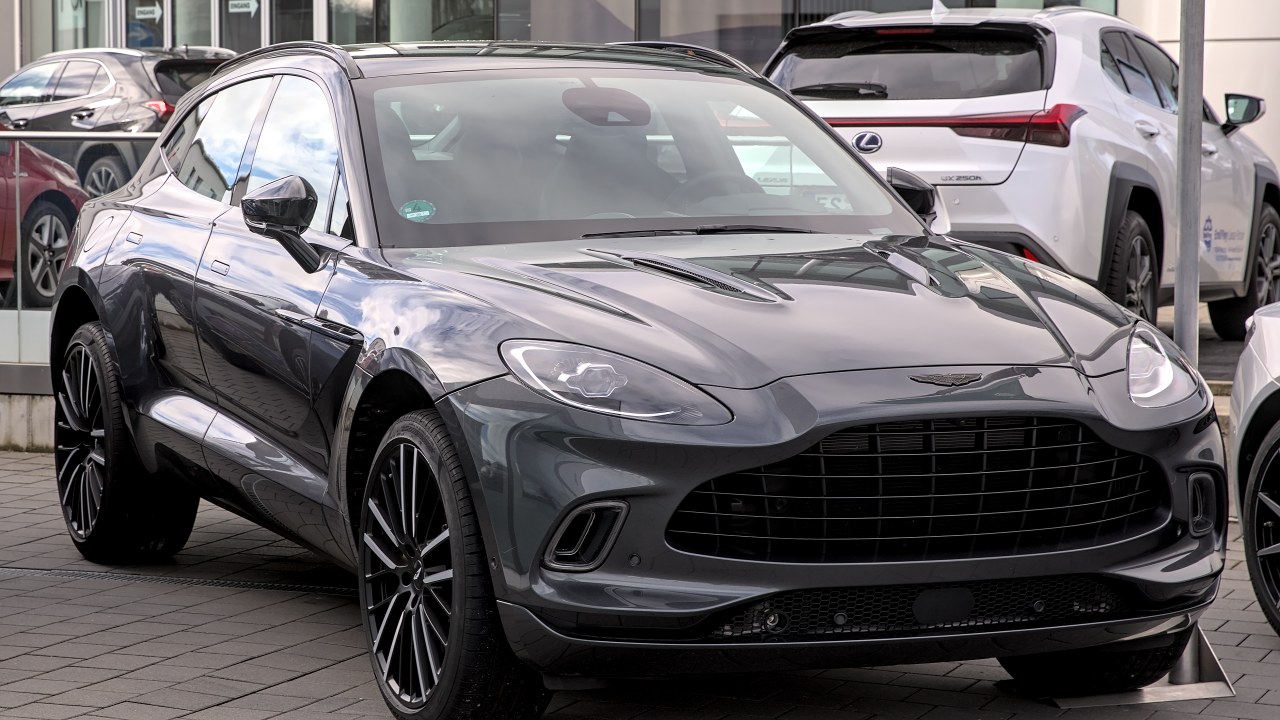

Leave a Reply